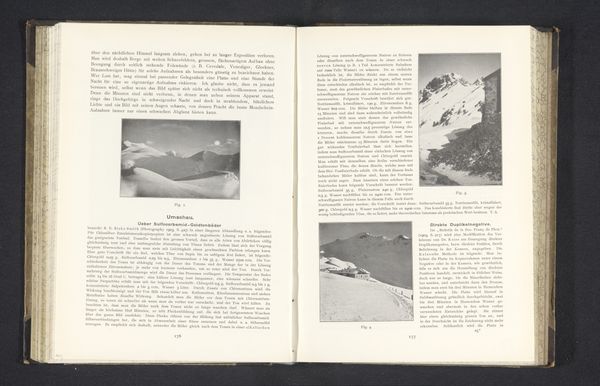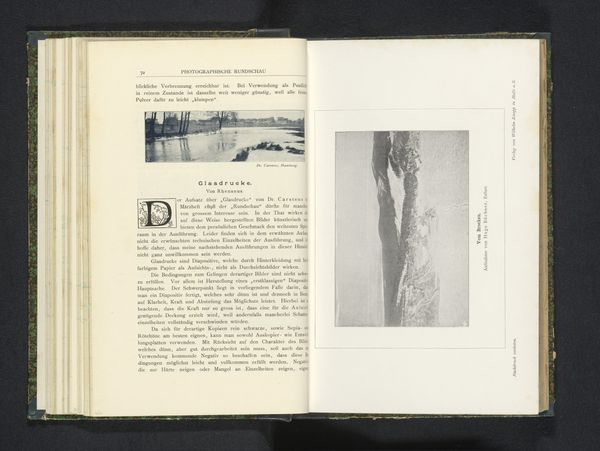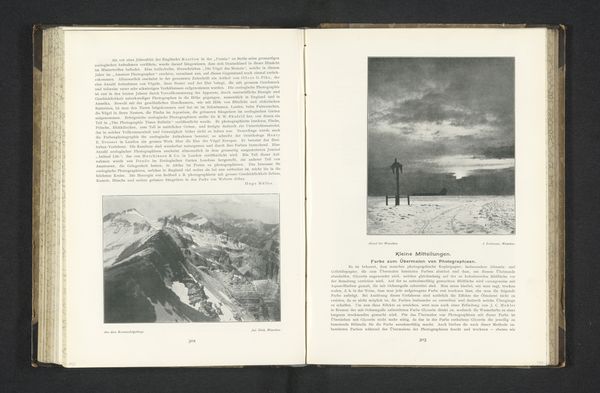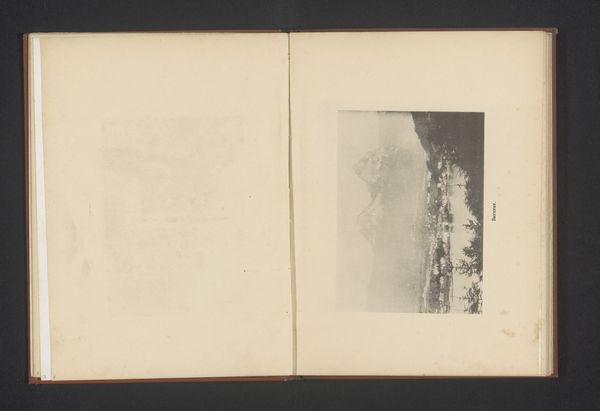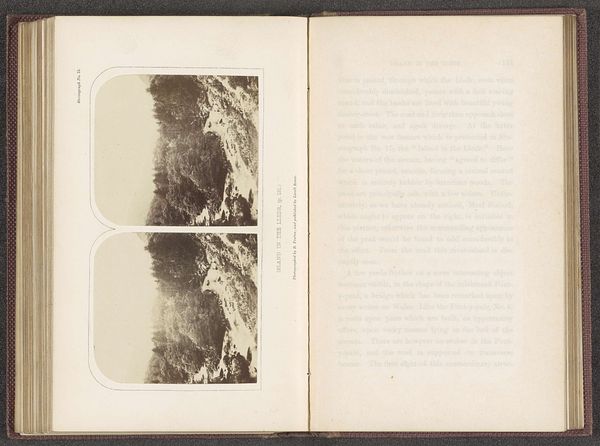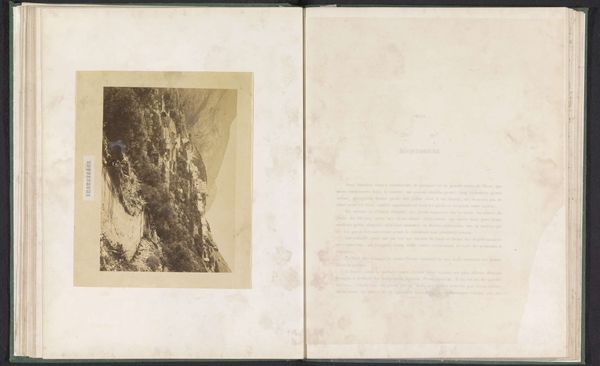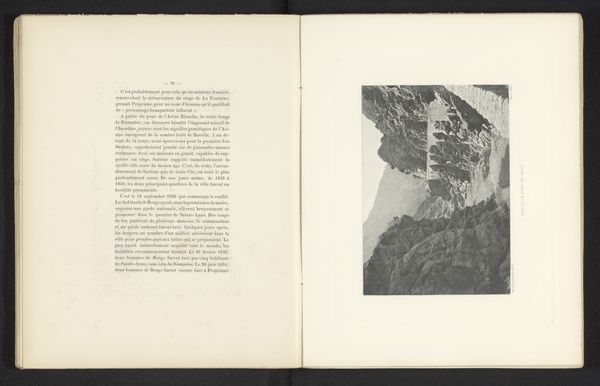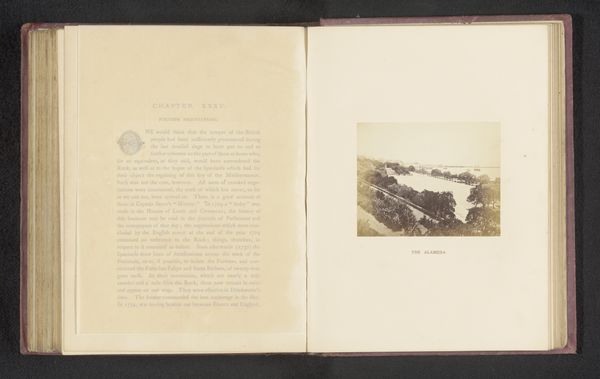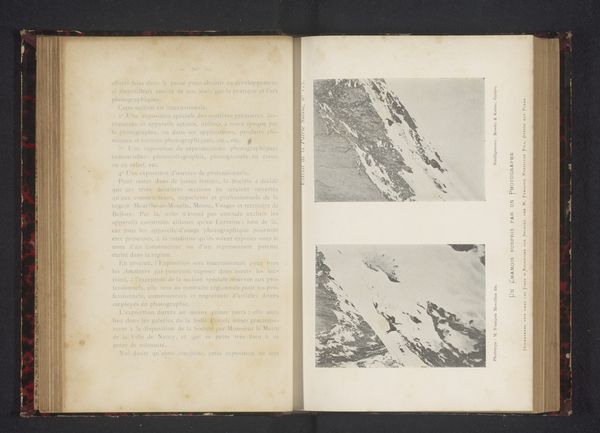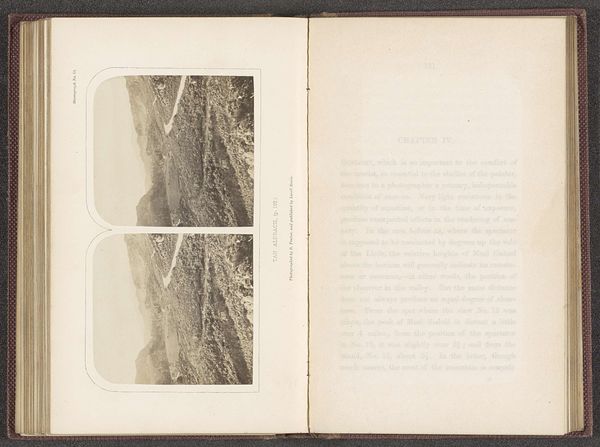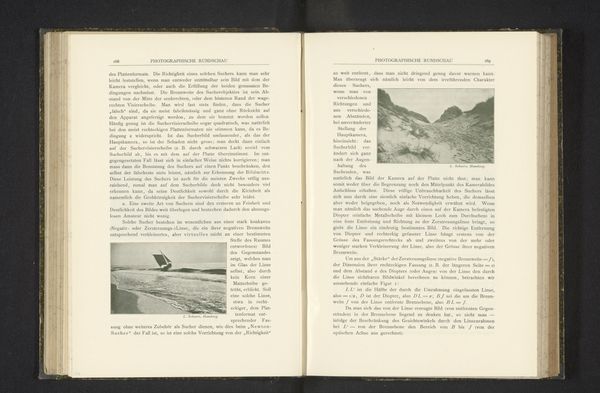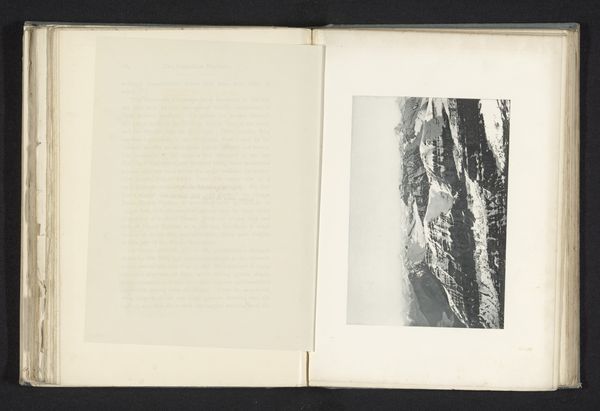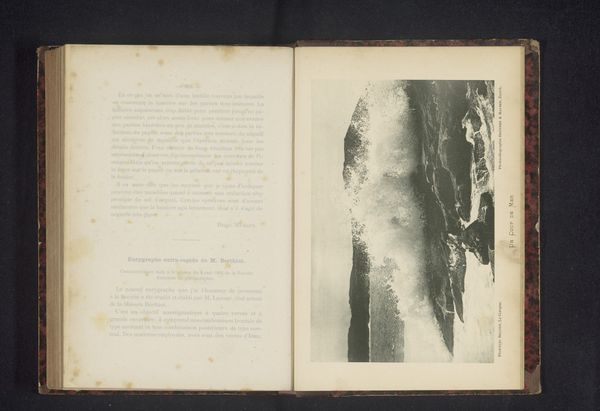
print, photomontage, photography
# print
#
photomontage
#
landscape
#
photography
#
modernism
Dimensions: height 330 mm, width 255 mm
Copyright: Rijks Museum: Open Domain
Editor: This artwork presents "Twee afbeeldingen van vrouwen die verdriet verbeelden," or "Two images of women depicting sadness," created before 1899 by Léon Bovier. It's a photomontage using prints and photography. I find the stark contrast between the two images quite striking, and the use of photomontage is intriguing. What catches your eye about it? Curator: As a materialist, I'm immediately drawn to the method of production, and how it challenges conventional artistic hierarchies. Bovier combined pre-existing printed imagery and photography, appropriating materials. What can this tell us about the culture in which he was making art? Think about photographic technology at the turn of the century, about access and about representation. Editor: It makes me consider how photography, which was becoming more widespread, was impacting traditional artistic mediums. Could this piece also be considered one of a series, since it’s not an isolated work but one from a printed page in a book? Curator: Exactly. How does mass production impact the aura, the uniqueness, that was previously central to ideas about ‘art’? Moreover, photomontage as a technique allows for the juxtaposition of disparate images and ideas. Think of the labor of assembling it, cutting and pasting. That performative making underscores the social context: here Bovier literally re-engineers existing material to convey emotional realities that resist simple representations. Are the subjects in both of the source photographs posing? Editor: That's a great point about labor. Considering that the figures seem deliberately posed in each photo, what would you say about its relationship to Realism as a style? Curator: The material and the performance undermine claims to simple realism or naturalism. What we are really viewing are representations, mediated by social and economic factors such as production and access. We are looking at processes and labour as much as women and emotion. Editor: I see! Thanks. So by examining the production methods, we are able to discuss the challenges to both technology and classical assumptions regarding artistic authenticity. Curator: Precisely. That focus brings historical specificity to our reading of "sadness".
Comments
No comments
Be the first to comment and join the conversation on the ultimate creative platform.
